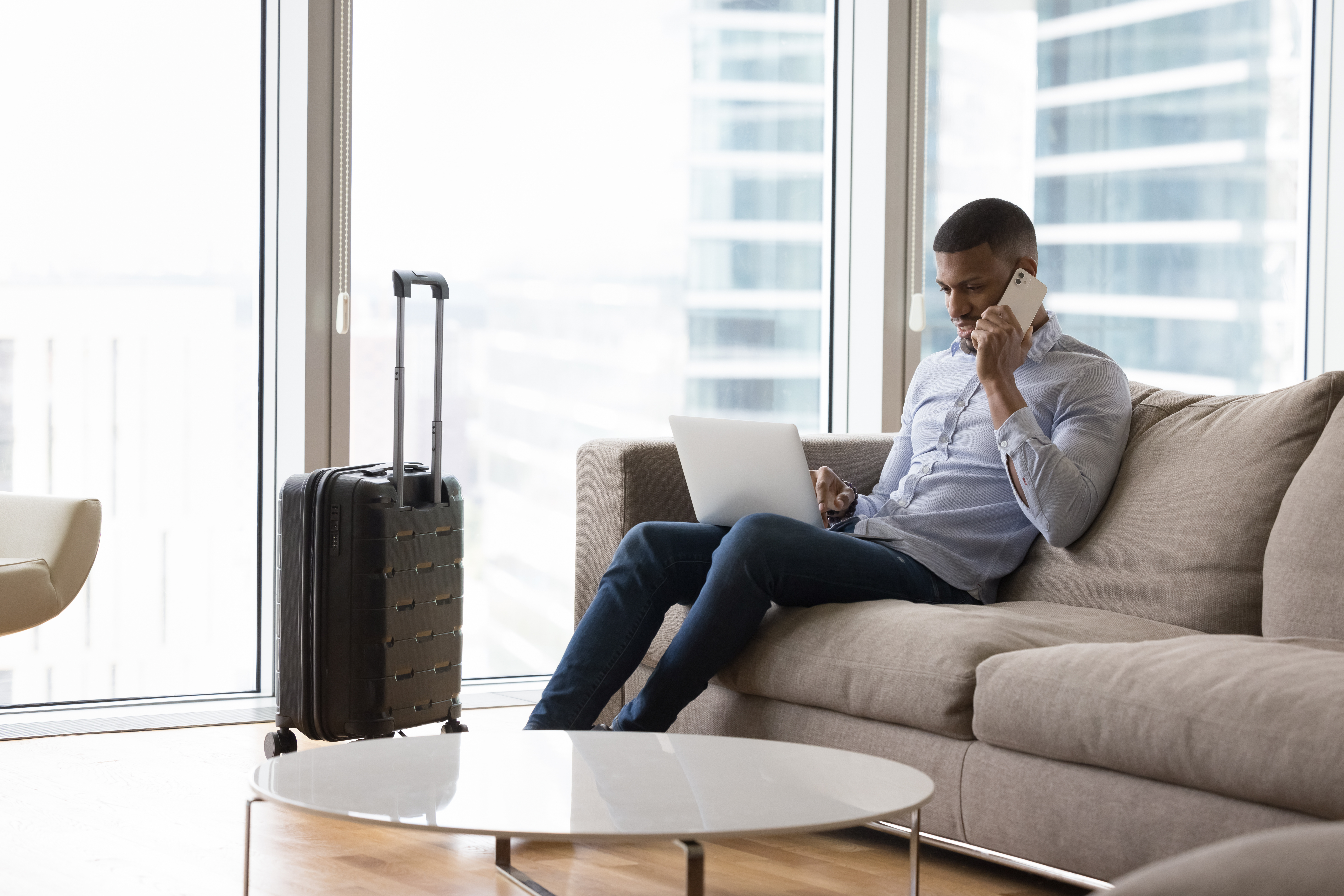Our last blog in this series introduced two standard methods for orienting employees to an open office work environment. These methods included showroom visits and presentations/discussions with management and staff. This post will examine two more ways to help ease this transition.
Survey Office Personnel
Conducting an employee survey is a great way to gather feedback. The purpose of the survey is to solicit employee opinions on where the employees are today in terms of preparedness for an open office and to determine expectations for the future.
The survey could gather information on employees' time at their respective desks, in conference rooms, and working outside the office. The survey could also gather opinions on mobile office work, potential barriers to transition, employee work styles, and the hopes and concerns of transitioning to a mobile office. Typically, these surveys are administered to all personnel to gather comprehensive feedback.
The survey results can be compiled and analyzed to present summary information to management, such as data on the percentage of people in the office who are comfortable with open office concepts and who are not. The survey could also indicate the percentage of time employees spend on focused work for concentration versus collaborative work. Combining the data results can offer a more telling analysis, and one such technique is a force field analysis. Data from the survey can be combined with facilitated sessions to discuss overcoming the potential barriers.
Another popular tool is a quadrant analysis. In this analysis, tasks in the office can be categorized into concentration versus collaboration, and work can be categorized into individual versus group. These categories can be combined into a quadrant analysis that can help determine the types of spaces, technologies, and policies needed to support the culture of a specific office.
Office Employee Workshop
Another type of employee orientation is a hands-on workshop. In the workshop, employees help design the workflow of their future office by using furniture icons and modeling pieces to arrange spaces that fit the flow of how they work.
Having groups of employees with similar job functions discuss and set up office layout patterns can generate a powerful buy-in and ultimately lead to a better-functioning office. We have even seen a group use play dough, construction paper, popsicle sticks, and other inexpensive items to draw out employees' creativity in the design of a future office.
The key to a successful transition is helping employees and other stakeholders feel part of the process. Transitioning from a traditional to a more open and mobile office is a cultural change. If forced, this change will be met with resistance, decreased productivity, and the potential loss of valuable employees who become dissatisfied.










.jpg)


.jpg)
.jpg)
-1.jpg)
.jpg)
.jpg)
.jpg)
.jpg)
.jpg)

